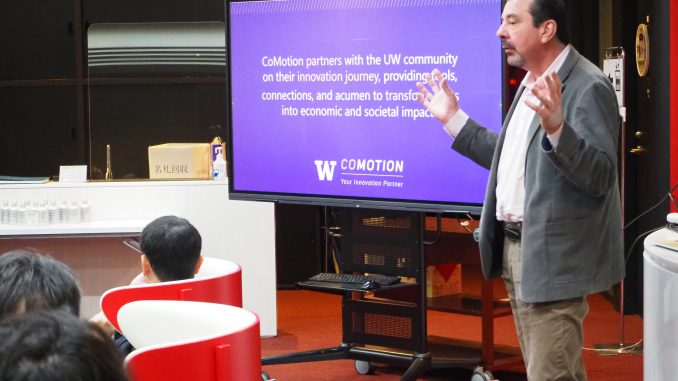
The University of Washington-Tohoku University Academic Open Space (hereinafter AOS) promotes exchanges and collaboration in fields such as human resilience and chemistry, and in providing support for startups.
An AOS event was held over two days, November 13 and 14, in conjunction with the visit to Japan of the University of Washington’s Vice President for Innovation, Prof. François Baneyx.
On November 13, an ‘AOS Startup Session’ was held at the Tokyo Electron House of Creativity on Katahira Campus. During the morning session, Prof. Baneyx, who is also the director of the University of Washington’s CoMotion innovation hub*, discussed the possibility of future cooperation in the area of startup support with the participants, who included representatives of Sendai City and Shin Nippon Biomedical Laboratories, Ltd.
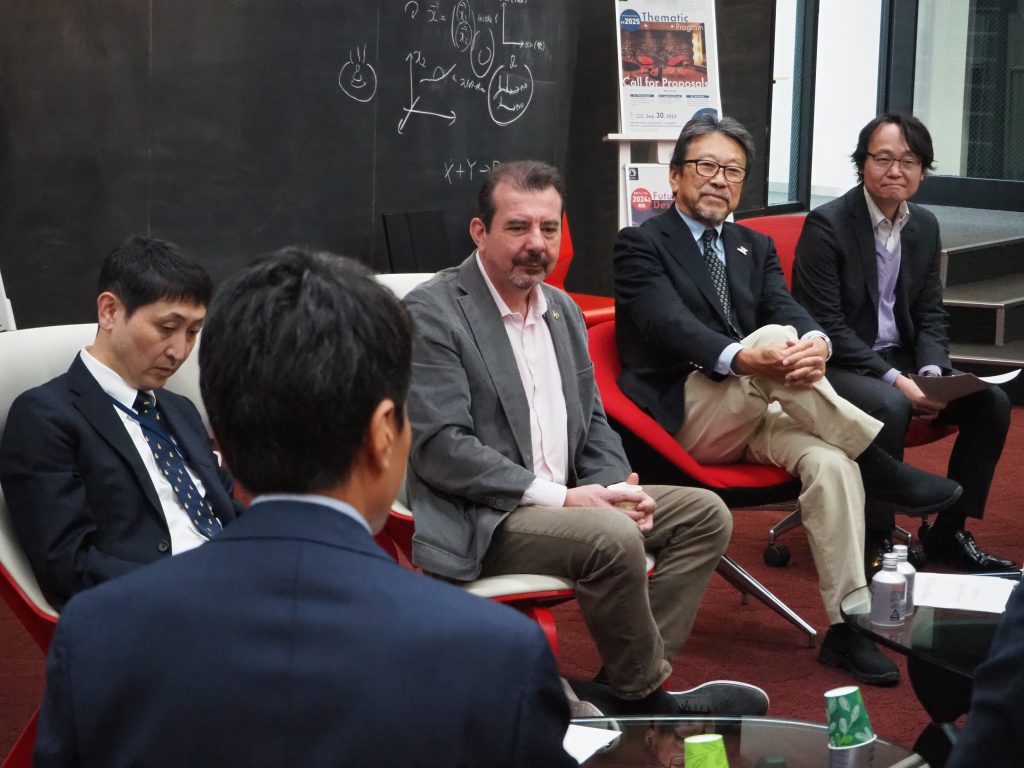
In the afternoon session, representatives of four startups which had their beginnings at Tohoku University were introduced, and they enjoyed a lively discussion with Prof. Baneyx about the expectations of businesses and effective management strategies.

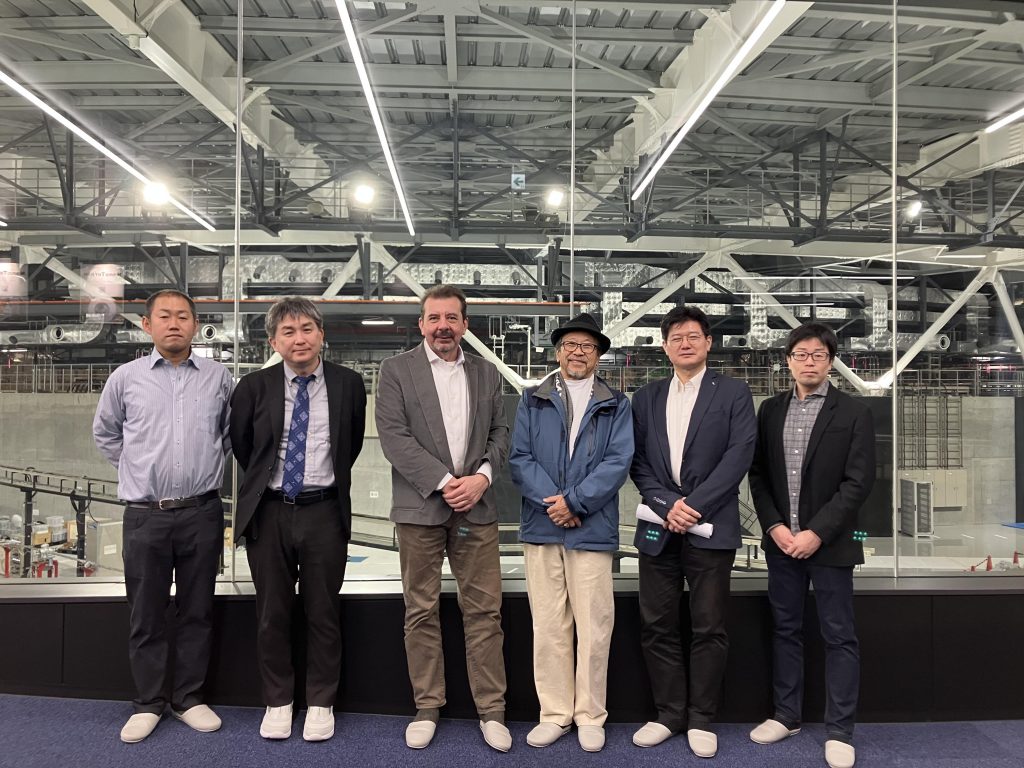
On November 14, Prof. Baneyx met with Prof. Akinori Ito (Dean of the Graduate School of Engineering) and Prof. Hirokazu Moriya (Graduate School of Engineering International Office) to discuss the possibility of further cooperation between the two universities.
Prof. Baneyx then visited the next-generation synchrotron radiation facility NanoTerasu, where he was given an introduction to the facility by Specially Appointed Associate Professor Masashi Watanabe.
At the AOS Chemistry Seminar, which was held at Aobayama Commons, Prof. Baneyx presented a lecture on the theme of ‘Hierarchical and Stimuli-Responsive Hybrid materials from High Information Content Building Blocks’. The seminar was attended by more than 30 participants, including students and professors, and they asked many questions and made many comments after the lecture. At a lunch reception which followed, Prof. Baneyx enjoyed discussing the content of the lecture and his research area, and the event was a great success.
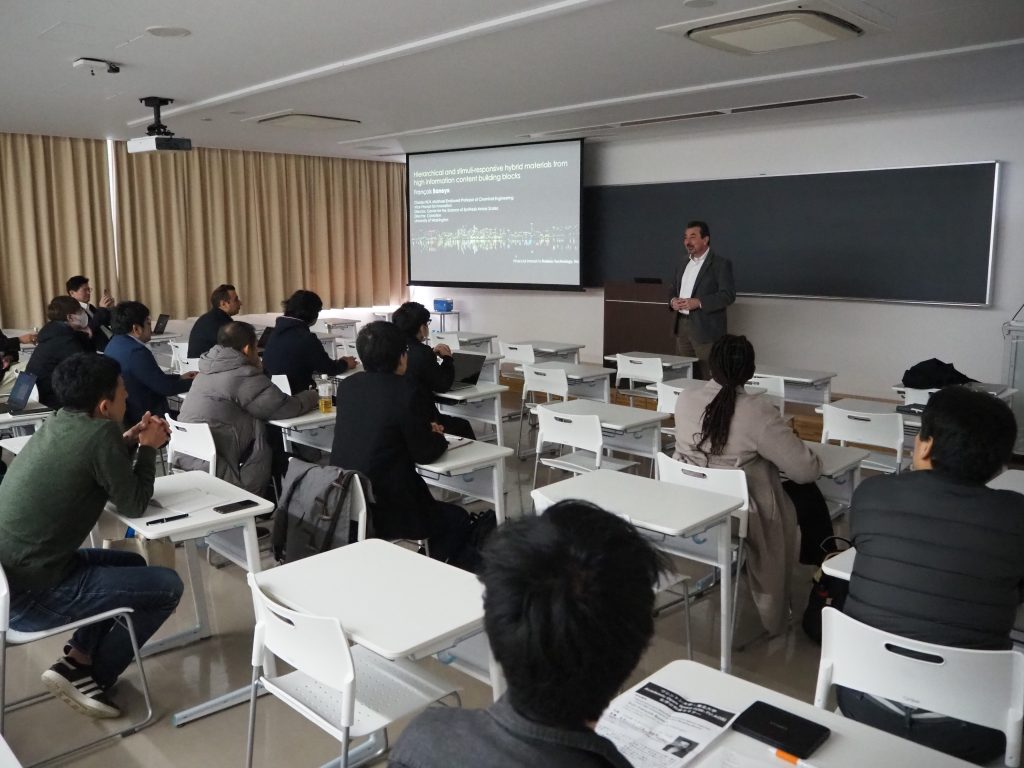
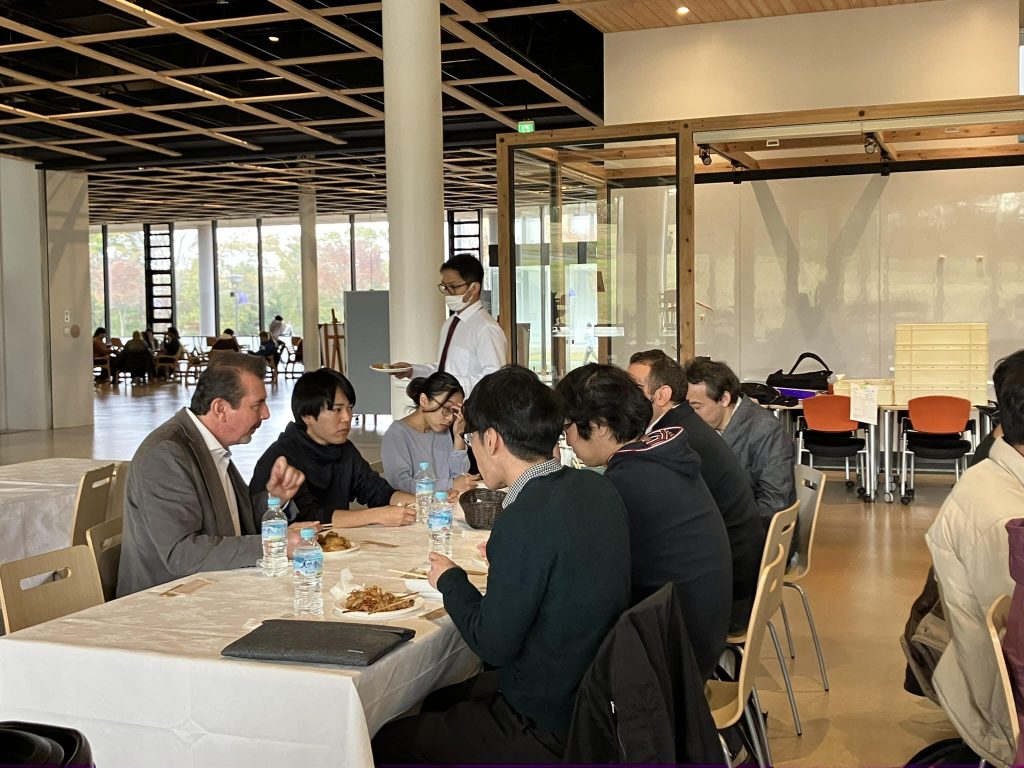
It is hoped that this event will lead to further progress in collaborative activities that promote innovation at the two universities.
